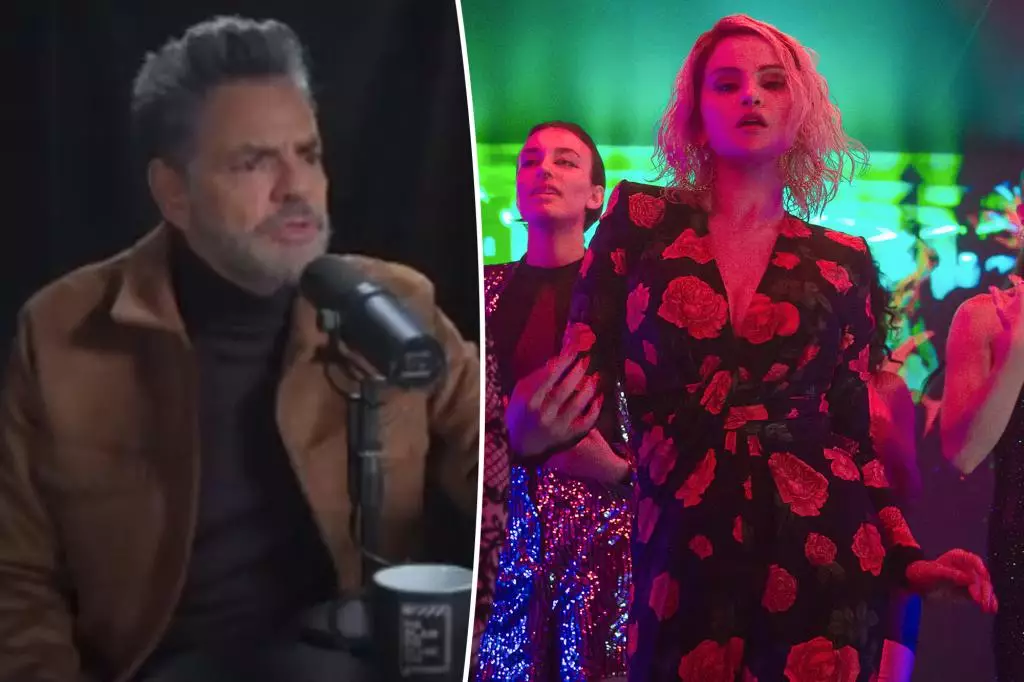In the ever-evolving landscape of entertainment, the intersection of culture and language has increasingly come to the forefront. This was highlighted by the recent exchange between Selena Gomez and actor Eugenio Derbez following the release of Gomez’s new film, “Emilia Pérez.” Derbez, speaking on the “Hablando de Cine” podcast, did not hold back in his criticism of Gomez’s Spanish-speaking skills, labeling them as “indefensible.” Such remarks not only reflect personal judgments but also touch a nerve within a broader discussion about cultural authenticity and representation in cinema.
In response to Derbez’s comments, Gomez took to social media, showcasing commendable composure and professionalism. Her reaction emphasized the effort she dedicated to her role and the passion she has for storytelling. “I did the best I could with the time I was given,” she stated, indicating an understanding that mastering a language is a complex journey that involves both time and context. Gomez’s thoughtful remark illustrates her awareness of the scrutiny that comes with attempting to bridge cultural divides while simultaneously asserting that her performance should not be overshadowed by language proficiency alone.
Language is an inherent aspect of artistic expression, yet it often carries the weight of cultural expectations. Derbez’s remarks, while seemingly directed at Gomez, highlight a larger issue within the industry: the pressures faced by non-native speakers in predominantly English-speaking environments. It raises questions about how well anyone can genuinely grasp a language without an intrinsic understanding of the culture and nuance behind it. The commentary from podcast host Gaby Meza further complicates the dialogue, as it illustrates a divide within the Latino community regarding expectations of cultural representation in media.
Post-criticism, Derbez issued a public apology acknowledging that his remarks were hurtful and counterproductive. He recognized the importance of supporting one another as members of the Latino community, a sentiment that resonates deeply within discussions surrounding representation in film. His shift from criticism to acknowledgment calls for solidarity, underlining the necessity for artists to uplift one another rather than tear each other down. The conversation sparked by this incident should serve as a reminder of the collective journeys undertaken by artists as they navigate cultural narratives in their work.
As the dust settles on this public discourse, it becomes clear that the journey towards nuanced representation in film is far from over. Individuals like Selena Gomez, who are willing to take risks and learn in the process, should be celebrated rather than criticized. The criticisms made by Derbez can act as a catalyst for a richer dialogue about authenticity, language, and cultural representation. Instead of divisiveness, this situation encourages a unified approach to appreciating the diverse narratives that continue to shape the cinematic landscape. Ultimately, the art of storytelling is enhanced when we honor the effort and heart that artists pour into their work.

